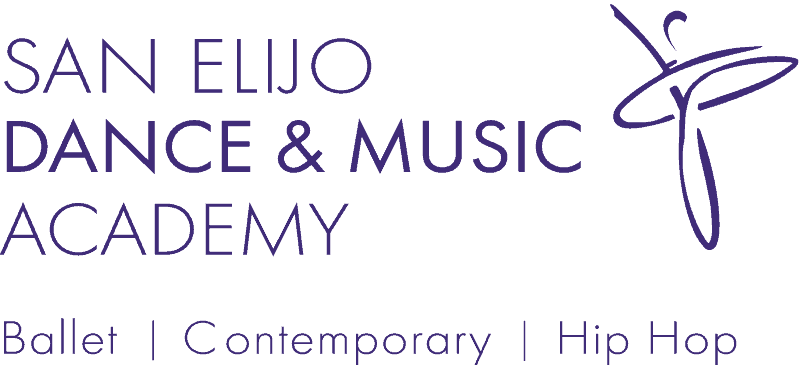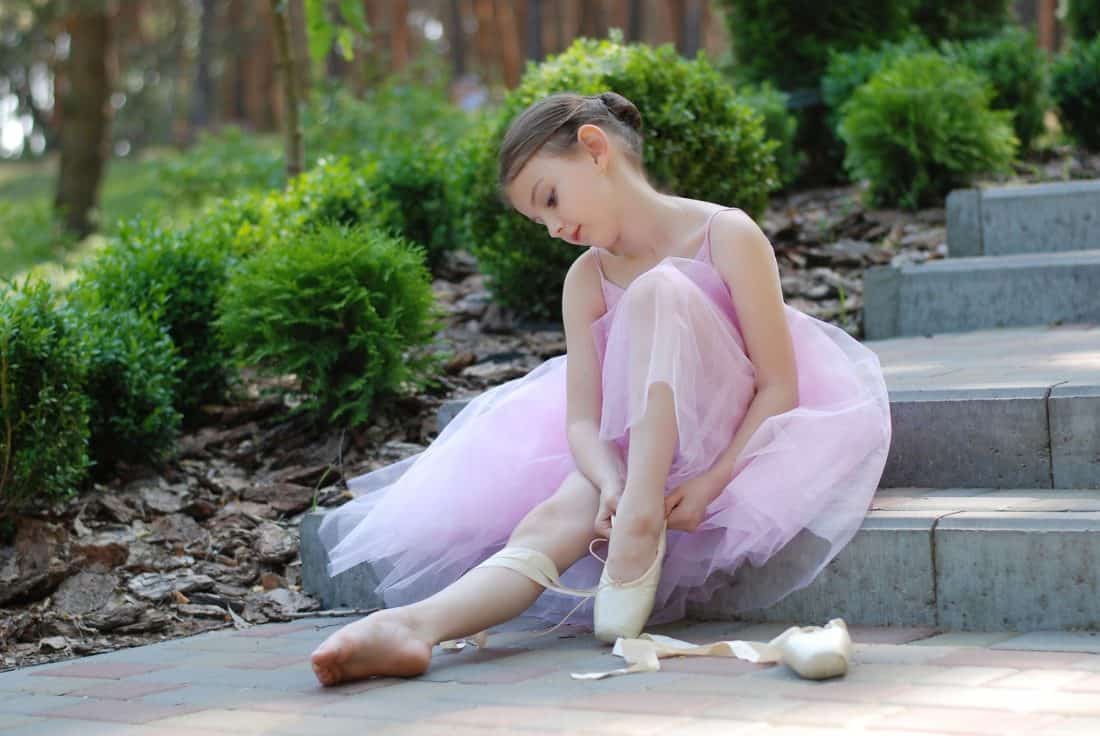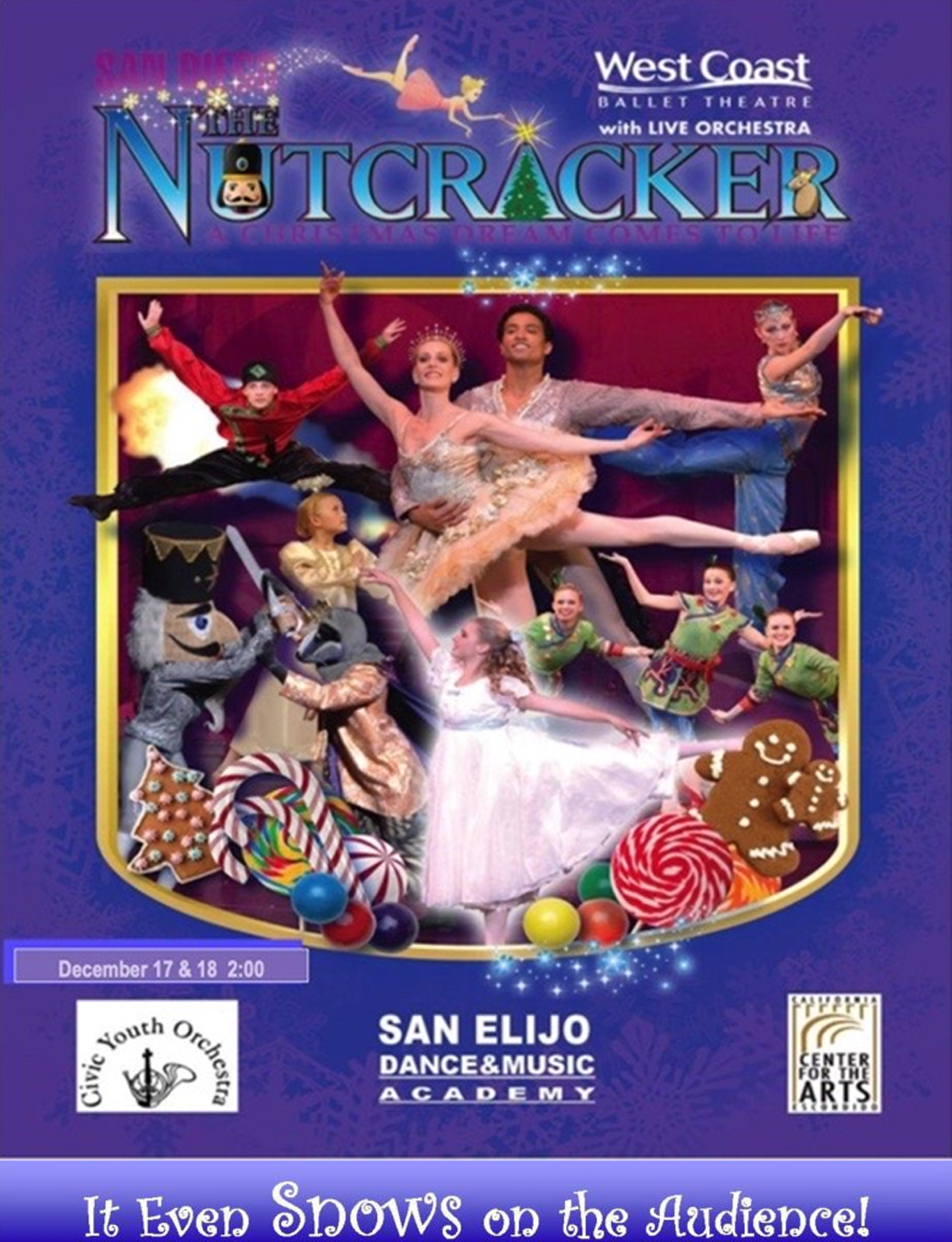Choosing the Best Dance Shoes for Your Child’s Beginner Ballet Class
Your child can’t attend ballet class without a great pair of dance shoes. Check out this guide to find out how to fit them for the perfect pair.
If your child is interested in taking ballet classes, it’s important that you get them the right dance shoes for class. Having the right shoes helps young dancers perfect their techniques while also offering the support necessary to prevent injuries.
And yet, how do you know which style to pick? Should you get leather or canvas? What’s the difference between full sole and split sole shoes?
We’ll walk you through what you need to know so you can find the right size and fit for your child’s first ballet class.
What’s the Difference Between Girls and Boys Dance Shoes?
One of the best ways you can prepare your child for their upcoming dance class is to buy the right type of shoes. When deciding on the best ballet shoes for your child, it’s important to realize there is a slight difference between boys’ and girls’ feet.
Even when they are very young, boys tend to have wider feet than girls. As they get older, their feet also become longer. That said, toddler and youth sizes are often unisex, and many unisex styles offer wide fits.
If you’re buying boys dance shoes, make sure to follow the color requirements set by the dance studio.
Material Options
Ballet shoes are made of either leather, satin, or canvas. Each material has its pros and cons, and you may need to buy one style over another depending on the studio’s preferences. Let’s break down each material and its uses.
For a beginner, leather or canvas is your best bet.
Leather is very durable and one of the most popular materials for ballet shoes. For aggressive dancers, or kids that move around quite a lot, leather holds up better. Leather is also sturdy and helps children develop their technique by offering more support.
Canvas is comfortable and easy to wash. It’s not as durable, but it is cheaper than leather. Canvas doesn’t offer as much support, but many dancers like the flexibility of the material.
Satin might be the material that comes to mind when you think of performances. It’s a pretty material, but it gets dirty quickly. Satin is used more often for demi-pointe and pointe shoes.
Split Sole or Full Sole
There are two options for ballet shoes, split sole and full sole.
For children and beginner dancers, full sole ballet shoes are often best. This is because a full soled shoe offers more support and helps young dancers develop the strength needed to master techniques. Full soles also provide more cushioning.
A split sole shoe helps exaggerate technique, which may help with more advanced moves. However, your child won’t be learning pointe technique until they are much older, so the sole type may be more an issue of comfort.
Determining Shoe Size
For the best fit, you need to carefully measure your child’s feet. In general, kids’ ballet shoes run a bit smaller than street shoes, so their size may be different than expected.
Although it’s tempting to buy a size bigger due to how fast kids outgrow shoes and clothes, the fit is important for proper technique and support. Having properly fitted shoes ensures they are less likely to sustain injuries while learning.
Measure the length and width of your child’s feet. There are a few different ways you can do this, from breaking out the measuring tape, to tracing, to having them perform the footprint method.
Keep in mind that ballet shoe sizes will vary somewhat between brands, and the size may be slightly different from your child’s street shoe size. See each brand’s suggestion for how to size, depending on your child’s street shoe size.
A Note on Fit
Ballet shoes should fit more like a sock, without any substantial gaps or sagging material. They should feel snug around the foot but not too tight. There shouldn’t be any pinching or curling toes.
When testing out ballet shoes, have your child walk around, jump, and move to test the comfort and fit of the shoe. Don’t forget your child will need to wear tights with the shoes.
Getting Professionally Fitted
If your child’s foot moves around too much or you feel you can’t get an accurate measurement of their feet, consider getting them professionally fitted. You can get professional fitting at a studio or dancewear store.
It’s beneficial to have your child try on different sizes and materials to see what feels most comfortable to them. Don’t forget to speak with your dance studio to make sure you’re following any requirements. Some dance studios may only allow certain colors or sole types.
Color
Some of the most common colors for ballet shoes are pink, white, and black, but there is a much wider variety of colors out there. Your child’s instructor likely has rules for what’s allowed.
What’s the dress code for the class? Is it pink for girls and black for boys?
Make sure to follow the instructor’s guidelines, and ensure your child has everything on the required list of accessories for the first day of class. Uniforms and dress codes are important as they promote unity and professionalism. Having the right type of shoe also helps the instructor watch the students more closely and observe their movements.
Elastic Band
When shopping for ballet dance shoes, you’ve likely noticed there are a few different types of bands. Ballet shoes for beginners likely have a single elastic band or two crossing elastic bands. You may also see ribbons.
Younger children may undo their ties, which is one reason why many classes prefer styles with elastic bands. Check to make sure whether a single or double band matters or not.
The styles you see may vary by brand, so make sure the shoe you and your child like is allowed in the class.
Taking the Next Step
If your child is eager to take ballet classes for the first time, make sure they put their best foot forward. Help them succeed by getting them the right dance shoes for their class. Follow our tips to get started.
If your academy has specific rules regarding dress code, make sure you follow those rules first.
Sign your child up for a free trial class or contact us with any questions you might have. We look forward to seeing you both soon!


